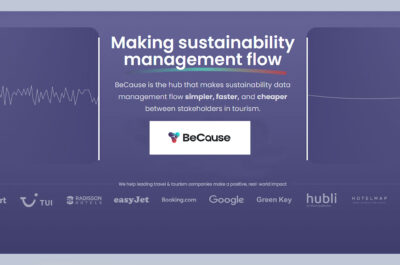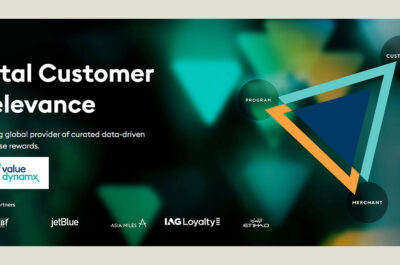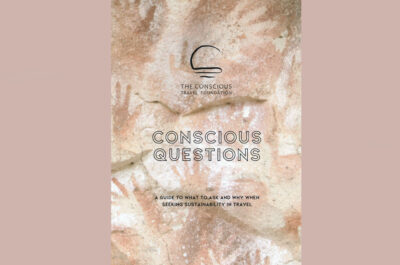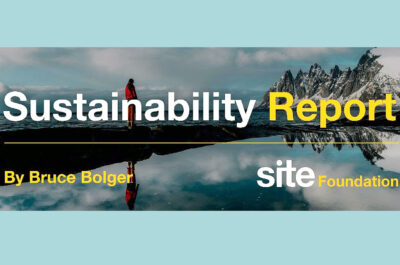New UK-wide survey by GI Insight indicates customers are taking multichannel buying journeys but marketers are still largely connecting via a single touch-point.
LEICESTER – New research by consumer analysis and data marketing specialist GI Insight shows that, while an omni-channel approach by shoppers is becoming the norm in the United Kingdom, the vast majority of companies are failing to connect with customers seamlessly across multiple touch-points. The report also points to the growing importance of tying real-time online interactions to existing consumer relationships – and the need to use customer data to do so.
The survey of 1,000 UK consumers (balanced by age, gender, region and social class) reveals many consumers take an approach to shopping that involves multiple channels, as 71% of customer journeys today begin online while 18% start with a visit to a shop. They often end elsewhere, however, with 42% typically buying via the web and 31% purchasing in a shop, leaving roughly a quarter who don’t see themselves as having any one ‘usual’ purchasing channel at all – indicating the buying journey of a UK shopper is often a complex one that involves more than one medium.
The research report, entitled The Omni-channel Imperative, also reveals that UK consumers would be heavily influenced by follow-up communications from brands in response to web browsing – which are often sent in real time – as 78% say a personalised message following a website visit would make them more likely to buy. However, 43% stipulate they would only do so if they had a prior relationship with that brand such as membership in a loyalty scheme.
Nonetheless, according to the findings, few companies are successfully executing an omni-channel marketing strategy – i.e. a true customer-centric approach that involves seamless contact across disparate channels. The research indicates too few consumers either receive or respond to coordinated interactions across multiple touch-points, as only a small proportion reported that contact via combinations of channels led to a purchase in the last six months:
- 13% visited a website and were then sent an email offer
- 7% responded to an offer through the post followed by an email reminder
- 6% visited a website and then received an offer through the post
- 6% got an email offer followed by a reminder text.
The good news for omni-channel marketers is they have had better success with the digitally-active 25-34 age group, as a higher percentage purchased after being contacted across multiple channels:
– 18% when a website visit was followed by an email offer
– 14% when a website visit was followed by an offer through the post
– 14% when an email offer was followed by a text
– 13% when an offer through the post was followed by an email.
Andy Wood, GI Insight’s Managing Director, says: “The survey shows that consumers start on one channel – usually the web – but don’t necessarily stay or end up there. Often those that start online end up in-store and vice versa. They might also receive offers or do research through other channels – such as smartphones or tablets – along the way. The results indicate clearly that the vast majority of consumers would welcome genuine efforts by companies to take a customer-centric approach that matches their own omni-channel habits.”
He adds: “Unfortunately, the research also reveals that far too few companies are successfully implementing a true omni-channel strategy – either they are not really using multiple channels to reach consumers or they are not employing customer data to craft coordinated, relevant communications that hit consumers via a range of media at different points in their buying journey. On the plus side, this indicates there are opportunities to gain a competitive edge for those that do execute effectively across all touch-points – especially with digitally active younger consumers.”
Wood concludes: “The key today is for brands to harness both long-term offline data, such as transaction records, and real-time online data to achieve a true 360˚single customer view. This then gives a business the consumer insight necessary to provide an informed, coordinated and consistent customer experience that transcends individual channels – which can otherwise languish as unconnected silos. What’s more, tapping into both offline and online data enables your company to react fast and win over consumers as and when they’re making buying decisions.”
Theodore is the Co-Founder and Managing Editor of TravelDailyNews Media Network; his responsibilities include business development and planning for TravelDailyNews long-term opportunities.





























































































































































































































